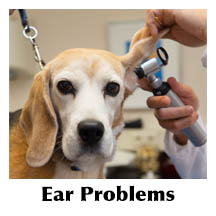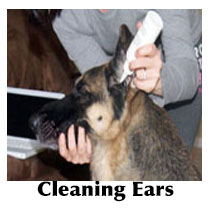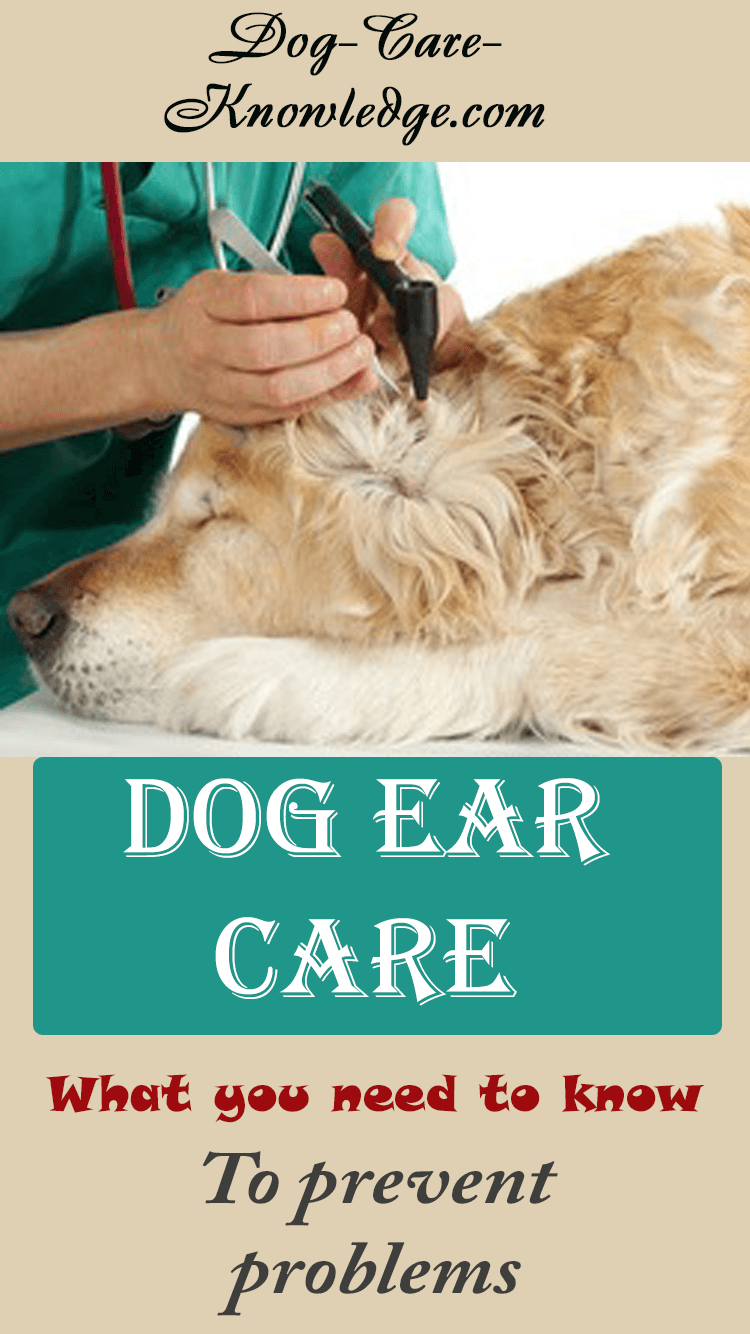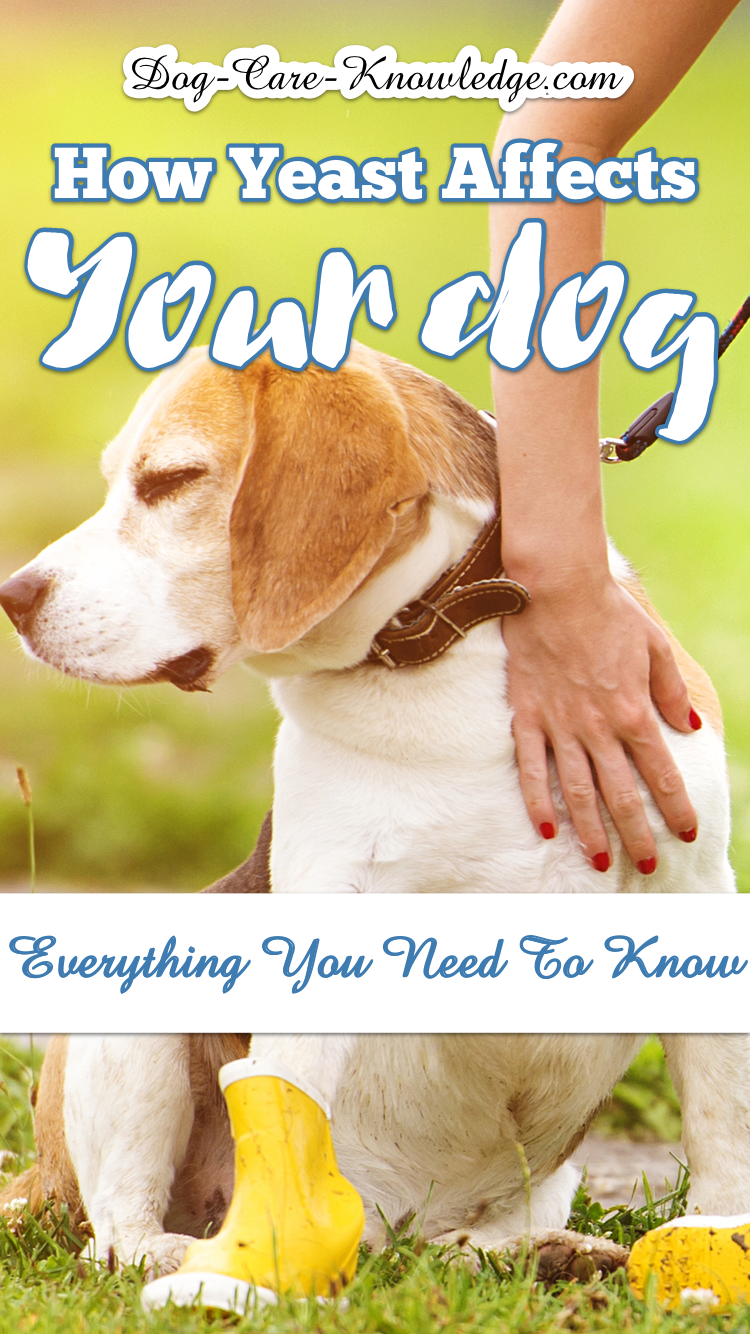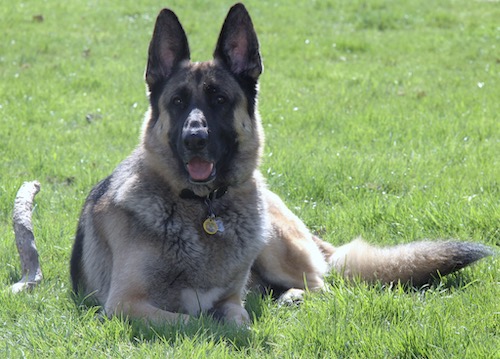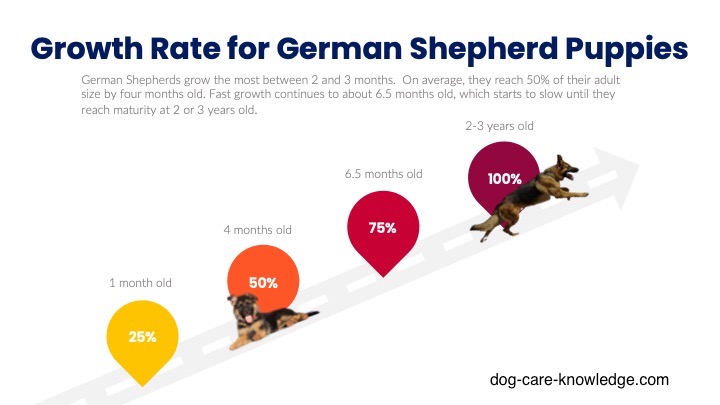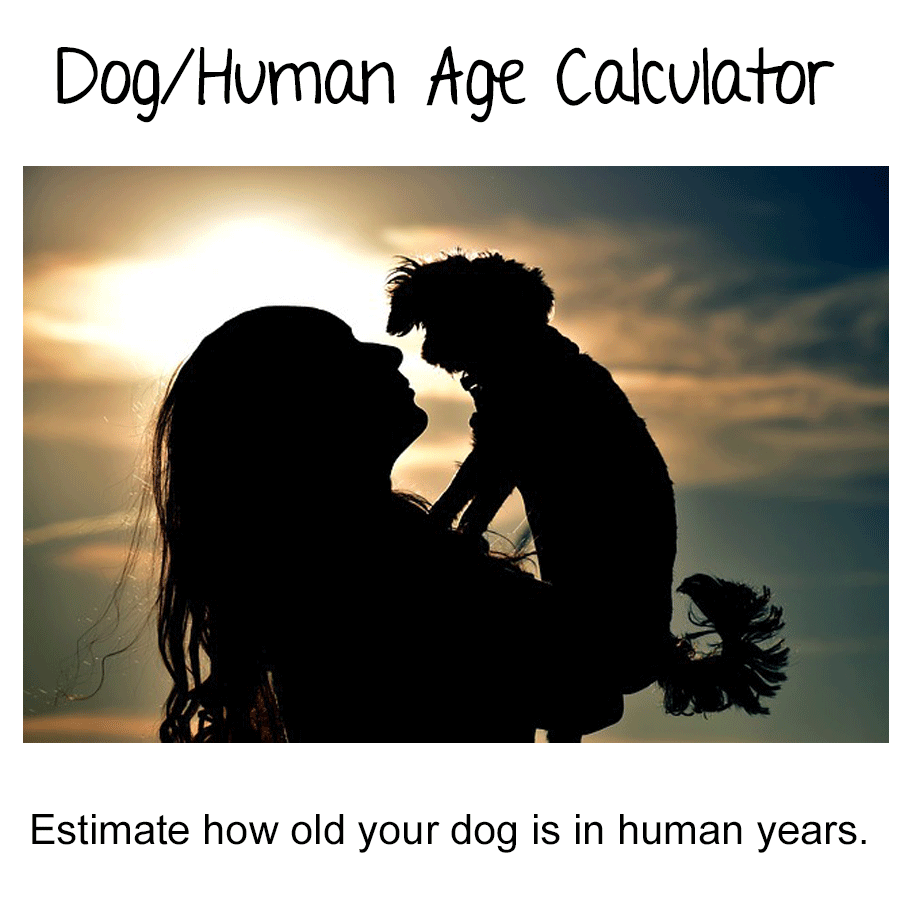- Home
- Ear Care
Dog Ear Care
To Prevent Problems
Providing good dog ear care can prevent you becoming one of the thousands of owners found in the vet's office seeking treatment for a dog ear problem. In fact, ear infections are the number one reason dogs visit their vets, so knowing what to look for and how to avoid common issues will help.
There is one common denominator in avoiding ear problems altogether which every owner can practice but not many pet parents know about. I'll share that with you further down the page!
In the meantime, here are the most common dog ear problems along with the best way to clean the ears.
Dog Ear Care & What To Look For
The ears should be clean and pink inside with no detectable odor and shouldn't be sensitive to touch.
A small amount of brown wax is normal and some dogs have hairs growing on the inside. The ears should be furry on the outside which should extend to the tips. Any bare spots or crustiness should be investigated as this could be a sign of sarcoptic mange.
Signs of Dog Ear Problems
- Sensitivity to touch
- Constant shaking the head or tilting the head to one side, usually with ears down
- Itchy dog ears causing constant scratching
- Rancid odor coming from ears (smelly dog ears)
- Red, inflamed inside of ears
- Bald tips or crustiness on tips of ears
If your dog displays any of these symptoms, then you should book an appointment with your veterinarian.
If not, then lets get started on what you can do to avoid problems and I'll share with you the number one thing you can do to avoid problems entirely.
Here It Is!........
The Most Important Thing You Can Do
For Dog Ear Care
Firstly, having a moist or wet ear canal can lead to an ear infection in dogs. And, many of the above issues are related to ear infections, either bacterial or yeast, most of which can be avoided just by doing one thing and that's keeping the inside of your dog's ear dry.
Yes, that's the secret top tip that most people either don't know or don't follow. Just keeping the inside of your dog's ear dry will stop a lot of problems from ever starting.
Although it's easier said than done when you have a floppy eared dog! Unfortunately floppy ears tend to lock in moisture leading to repeated ear infections. But with a little work everyone should be able to manage to keep the ears dry without too much trouble and cost - here's how.
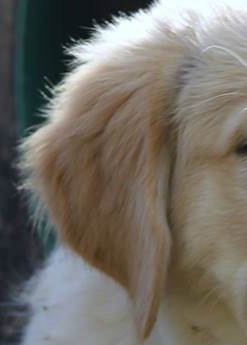
- Check the ears, especially in warm weather or if you have the heating high, to see if there is any moisture building up. If you see any signs of wetness then gently wipe the opening to the ear canal with cotton balls or a soft cloth. Don't use cotton buds or stick anything down inside the ear canal.
- Dogs tend to pant when they are hot or sweating so if you see your dog panting that would also be a good time to check the ears for moisture and dry as above.
- If your
dog goes swimming, be sure to physically dry the inside of your dog's
ears when they come out of the water. And be very thorough!
- Keep water out of your dogs' ears when bathing by inserting cotton waddling into the ear canals. Don't push down too far though and don't use small pieces of cotton that can get stuck.
- If you find that your dog frequently has moisture building up, you can also use an ear solution that contains a drying agent. Good examples are ClearX, Panodry and Vet Solutions Swimmers Ear Astringent.) Or you can use a small amount of white vinegar to prevent swimmers ear.
Warning!
Before using any drying solutions in your dog's ear, check with your vet to ensure your dog's eardrums are intact.
Dog Ear Care & Foreign Materials in Ears
If your dog runs in tall grass, brush or weeds then foreign bodies (grass seeds etc.) can attach to your dog's ear flaps and later fall down into the canal. This causes irritation and again, leads to an ear infection. To avoid this, always groom under the ear flaps or use a wet-wipe and wipe down the ear flaps after a walk.
Let's Not Pluck Hairs
Some dogs, poodles especially, have hair growing in their ear canals and many owners and groomers are in the practice of plucking this hair out. The argument for doing this is that excessive hair in the ear canal prevents air flow which traps moisture and creates a wet environment. And of course, We know that a moist environment causes ear infections.
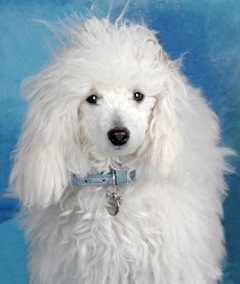
But, there is a lot of controversy over this issue. The other side of the argument is that the actual plucking of the hairs causes more problems. When the hair is plunked it leaves a small wound and serum oozes from the hair pores which creates an excellent breeding ground for bacterial growth (causing ear infections). Also, the ear canals are very sensitive so plucking this area leaves the skin irritated which causes the dog to scratch more which also escalates ear problems.
So, to pluck or not to pluck?
My recommendation is to avoid plucking the hair from the ear canal and trim them instead. Make sure you tell your groomer to do the same. If you do have a dog that suffers from excessive hair in the ears, ensure that you keep the ear canal as dry as possible and the hairs trimmed (without plucking).
Let's Keep It Clean
In most cases routine cleaning your dogs ears is not required but checking them is! Check for wax buildup, dirt, or debris (foreign bodies) and clean only if any of these are present. See here for the best method of cleaning dogs ears.
Summary on Dog Ear Care
Remember, the best dog ear care is prevention. Keeping the ears dry is your number one defense again most ear infections as well as keeping foreign bodies out. Avoid plucking hairs from the ears, switch to trimming instead, and only clean the ears when necessary
If you can manage that, it should go a long way to avoiding problems with your dogs ears altogether.
